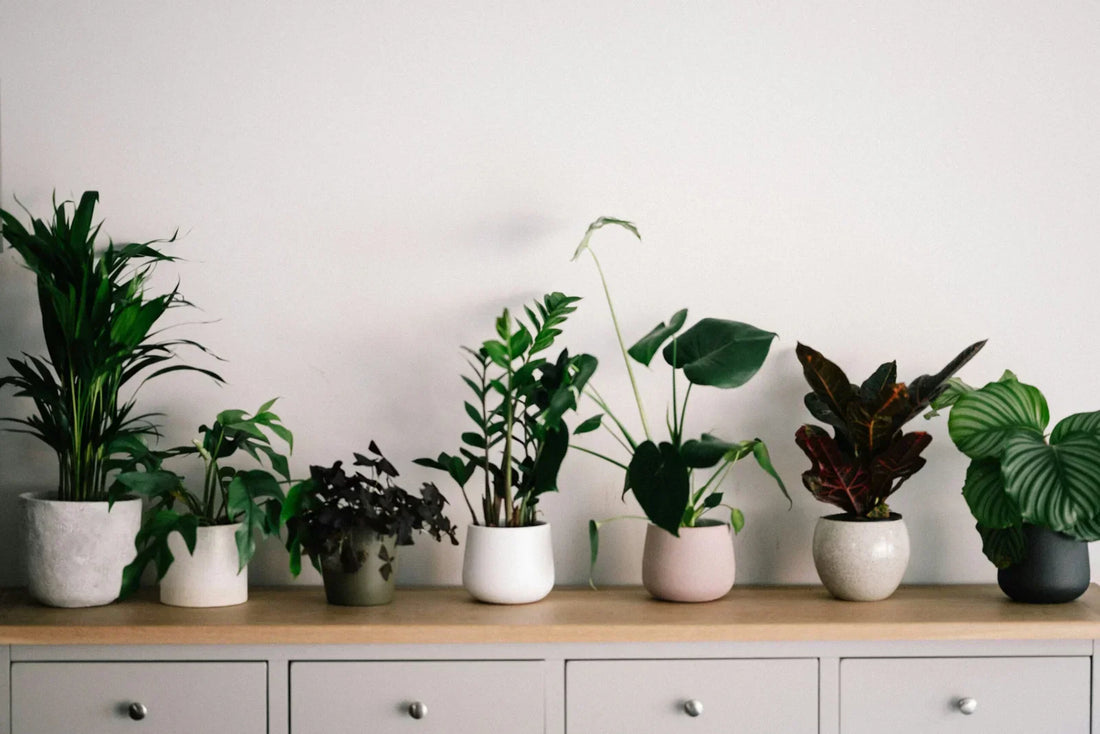Hanging pots also provide a versatile solution for balcony gardening. These pots can be suspended from the eaves of a balcony, hooks on the walls, or even from a railing. When choosing hanging pots, prioritize lightweight materials such as plastic or fiberglass to avoid adding excess weight. Additionally, select plants that thrive in such arrangements; trailing plants like petunias or fuchsias work well, as they can create beautiful cascades.
To ensure the successful installation and longevity of your vertical and hanging garden, follow these key guidelines. Firstly, ensure that the supporting structure is securely attached to withstand wind or rain. Use proper mounting hardware that corresponds to the weight of the plants and pots. Secondly, consider the sunlight and wind exposure of your chosen location, as these factors will influence plant selection. A diverse combination of herbs, flowers, and vegetables can enrich your space while providing practical gardening opportunities.
By employing these efficient methods, you can transform your balcony into a lush, vibrant space that maximizes your available area while enhancing the beauty of your home.
Conclusion: Enjoying the Fruits of Your Balcony Garden
Creating a balcony garden is not merely a task; it is an enriching experience that can profoundly enhance your living space and wellbeing. As you cultivate your plants, whether they are vibrant flowers or fresh vegetables, you will likely find immense satisfaction in watching them grow. The effort put into nurturing your balcony greenery rewards gardeners with a personal oasis characterized by natural beauty and an array of flavors.
Beyond the aesthetic pleasure, homegrown produce has countless benefits. Picking fresh herbs, vegetables, or fruits from your own balcony can provide a sense of accomplishment that store-bought options cannot match. Engaging in gardening fosters a connection with nature, promoting relaxation and mental clarity amidst the hustle and bustle of daily routines. Moreover, your balcony garden can become a peaceful retreat where you can unwind, enjoy a good book, or even host friends for a delightful outdoor gathering.
As you navigate your gardening journey, consider sharing your experiences and insights with fellow gardening enthusiasts. Engaging with other hobbyists can amplify your knowledge and provide inspiration. Online platforms and gardening communities often encourage sharing tips, which can enhance not only your gardening skills but also the communal aspect of this fulfilling hobby.
For ongoing gardening needs, resources such as Nurserykart offer a variety of plants, seeds, and gardening supplies that can support your endeavors. Whether you require expert advice or essential tools, such sites can empower you in cultivating a flourishing balcony garden.
Embrace the journey of creating and nurturing your balcony garden, and enjoy the personal rewards it brings, enriching both your home and your life.
